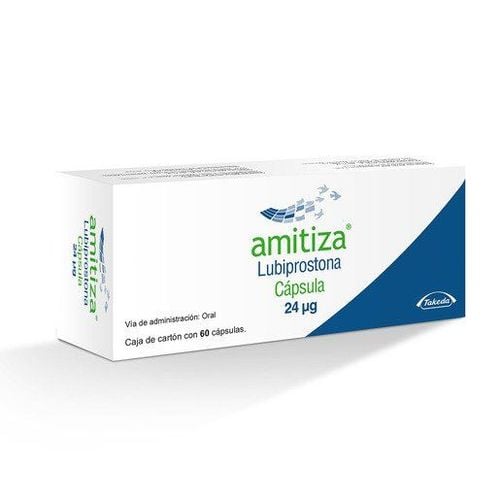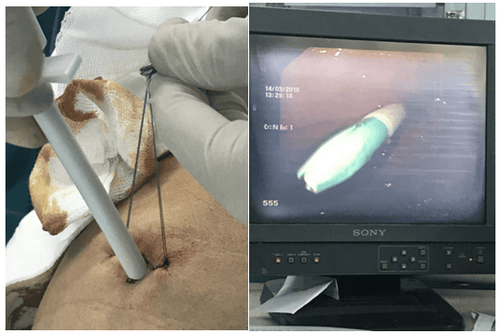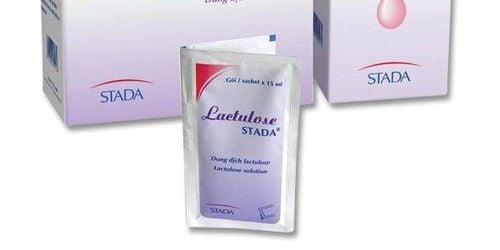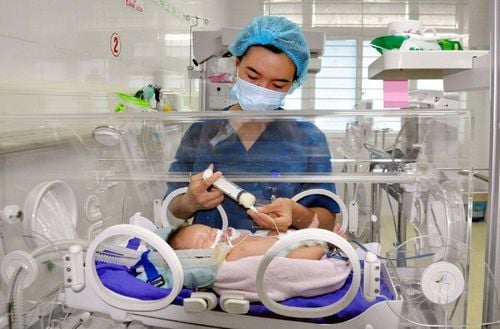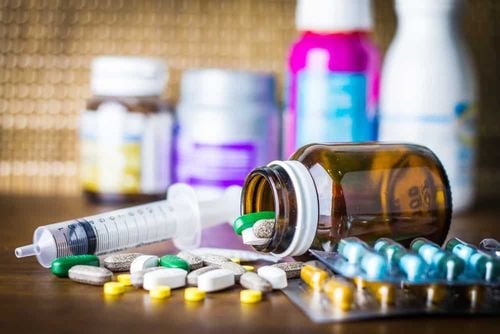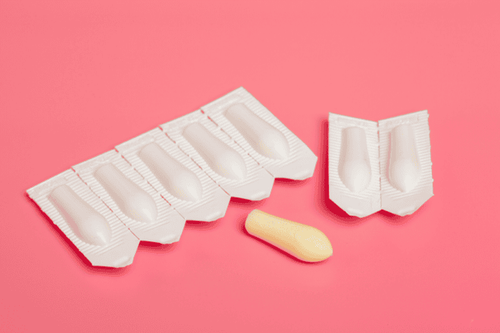This is an automatically translated article.
Posted by Master, Doctor Mai Vien Phuong - Head of Department of Gastrointestinal Endoscopy - Department of Medical Examination & Internal Medicine - Vinmec Central Park International General Hospital
1. What is Polyethylene glycol (PEG)?
Polyethylene glycol (PEG) is an over-the-counter osmotic laxative that is inexpensive and widely available. Polyethylene glycol has been approved by the US FDA for the treatment of occasional constipation based on a number of randomized controlled trials.
Four trials in chronic idiopathic constipation (N = 573) yielded an NNT of 3 for PEG (95% CI 2–4) to improve stool frequency and stool consistency. However, its effectiveness for IBS-C is not supported because randomized controlled studies have not shown PEG to improve overall symptoms or pain in IBS-C patients.

2. American Gastroenterology Association's Advice on Using PEG for Constipation
Two randomized controlled studies evaluated the benefit of PEG in IBS-C patients with documented heterogeneity in trial design and endpoints. In the first study, a small randomized controlled study (n = 42) of IBS-C (Constipated Irritable Bowel Syndrome) patients treated with PEG (3.45 g three times/day) compared with placebo underwent the rectal barostat trial to measure pre- and postprandial abdominal tone and sensitivity as primary endpoints.
Neither rectal tone nor rectal sensitivities such as urge to defecate, or pain were improved by PEG, although PEG improved stool consistency (P = 0.047). The largest multicenter randomized controlled study (n = 139) of PEG in IBS-C did not include: abdominal pain as a component of their primary endpoint using the mean number of spontaneous bowel movements. course (SBM) during the last 7 days of the trial. Permit dose variation of PEG (13.8–41.1 g); bisacodyl (5–10 mg) can be used as an emergency medication. A secondary study endpoint was abdominal pain, which respondents were defined as a 10% reduction in discomfort/abdominal pain compared with the running mean (this is a much lower threshold than the 30% endpoint due to set by the US FDA).
Although mean weekly SBM counts were significantly improved compared with placebo (P < 0.0001), the secondary endpoint of abdominal pain was not met as both groups reported an improvement in frequency pain (61.9% in PEG vs 47.6% in the placebo group), there was no significant difference between the groups. Subsequent analyzes based on the full responder definition (>3 SBM per week, ≥1 SBM increase per week, and pain reduction >30%) showed a corresponding improvement of 33.3% versus 21% (P > 0.01). Finally, a small, unsupervised study of PEG in adolescent IBS-C patients who met the ROME II criteria for IBS confirmed improvements in bowel symptoms but without abdominal pain.
Treatment-related adverse events were more frequent in PEG-treated patients than in placebo (16.4% vs 8.6%), respectively. The most commonly reported side effects were abdominal pain (4.5%), diarrhea (4.5%), nausea and flatulence, which occurred in a dose-dependent manner. The long-term safety of PEG up to 6 months has been demonstrated in elderly (>70 years old) patients with chronic constipation without nutritional deficiencies or identified biochemical abnormalities.
In summary, despite the safety and long-term efficacy of PEG in the treatment of chronic constipation in even the most vulnerable populations (elderly and children). However, there is no evidence that PEG reduces abdominal pain on symptoms in patients with IBS-C. Therefore, the authors recommend against using PEG alone to treat IBS-C symptoms, although the authors recognize that clinicians may use PEG as a first-line treatment. for constipation in IBS due to its low cost and availability.
Please dial HOTLINE for more information or register for an appointment HERE. Download MyVinmec app to make appointments faster and to manage your bookings easily.
References
Lacy, Brian et al. ACG Clinical Guidelines: Management of Irritable Bowel Syndrome. American Journal of Gastroenterology: January 2021 - Volume 116 - Issue 1 - p 17-44





